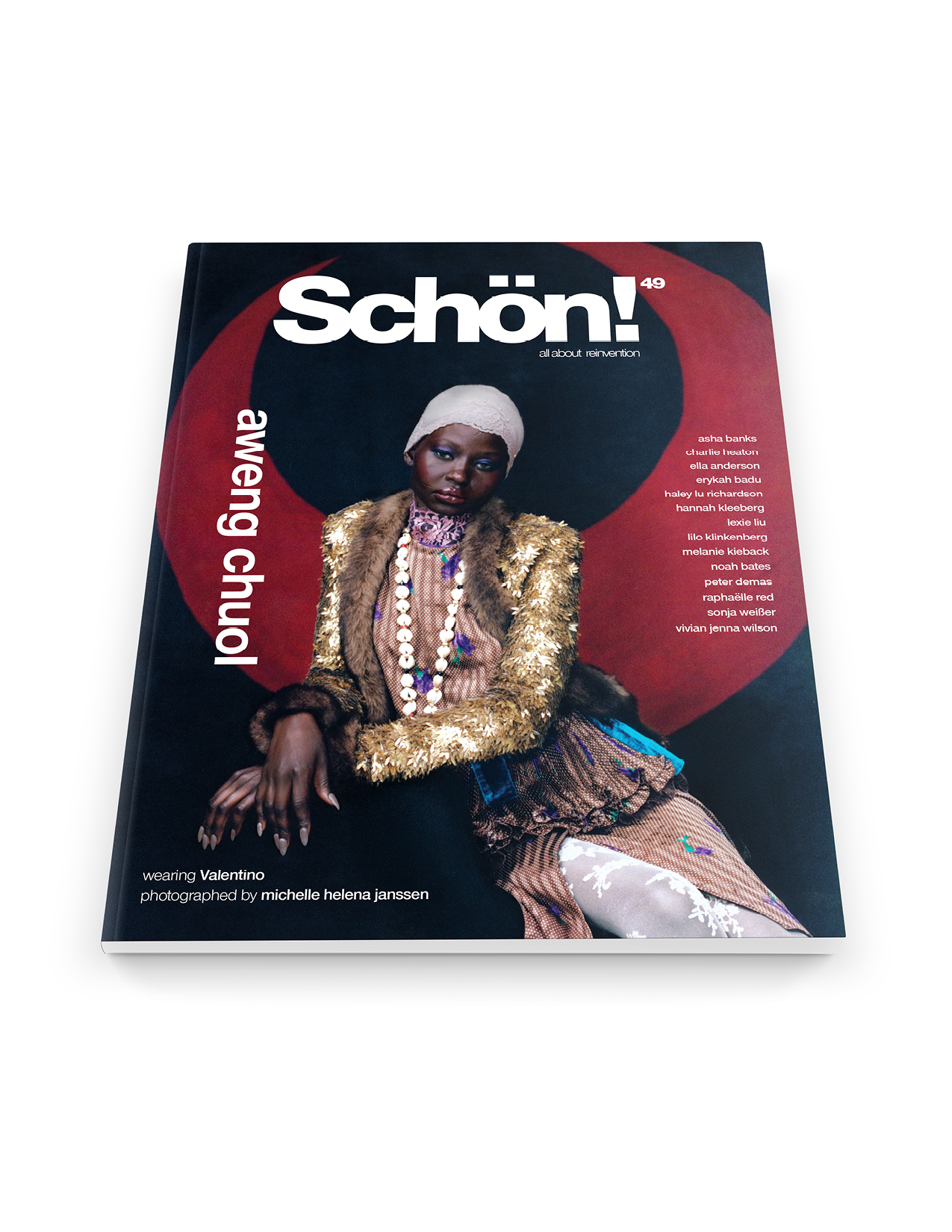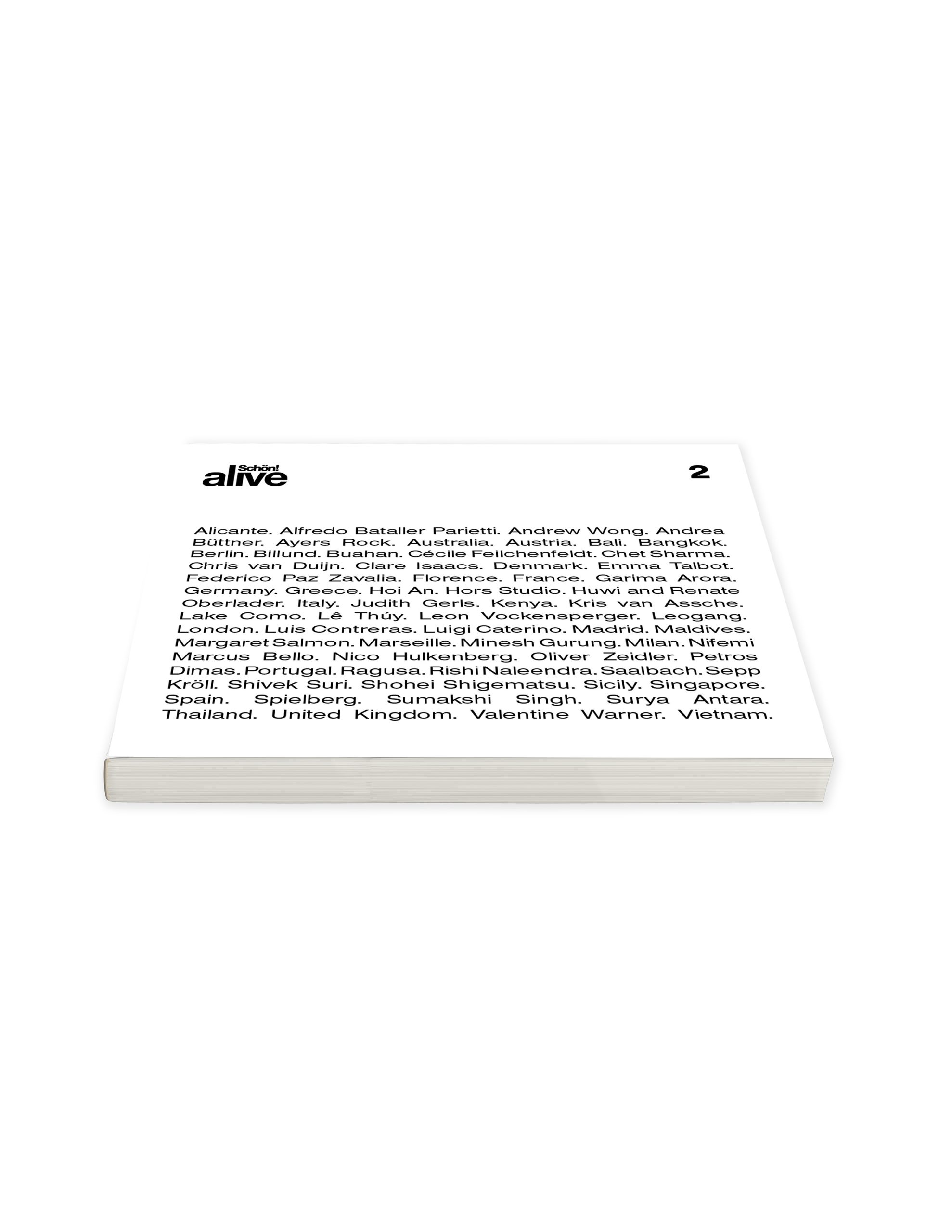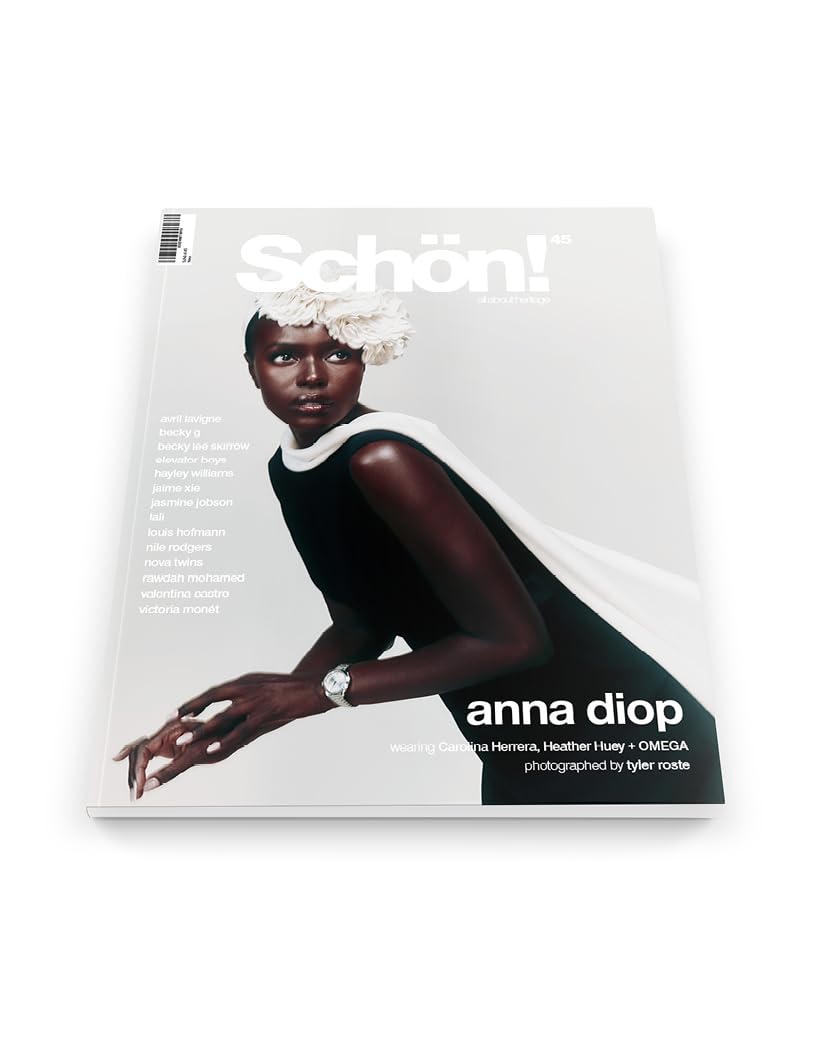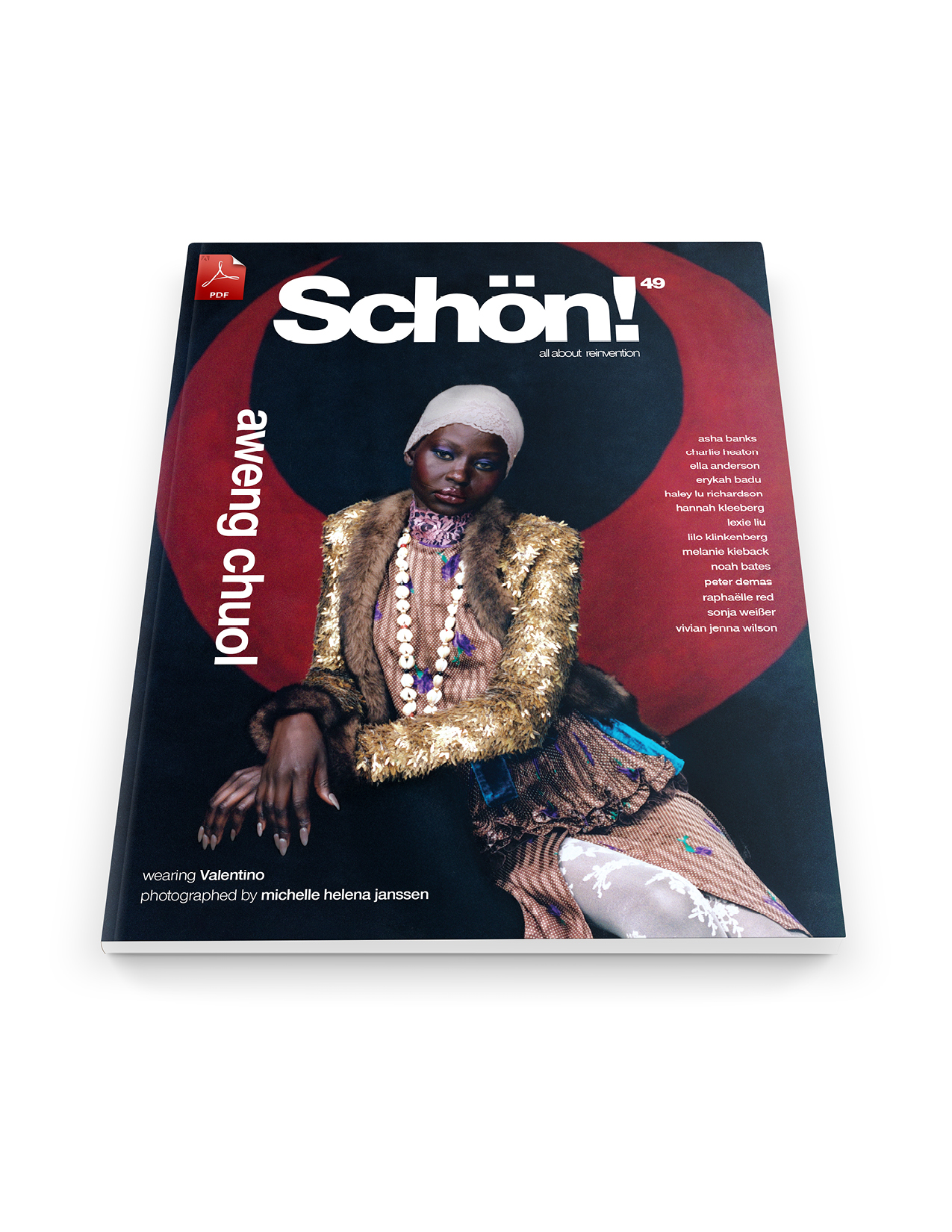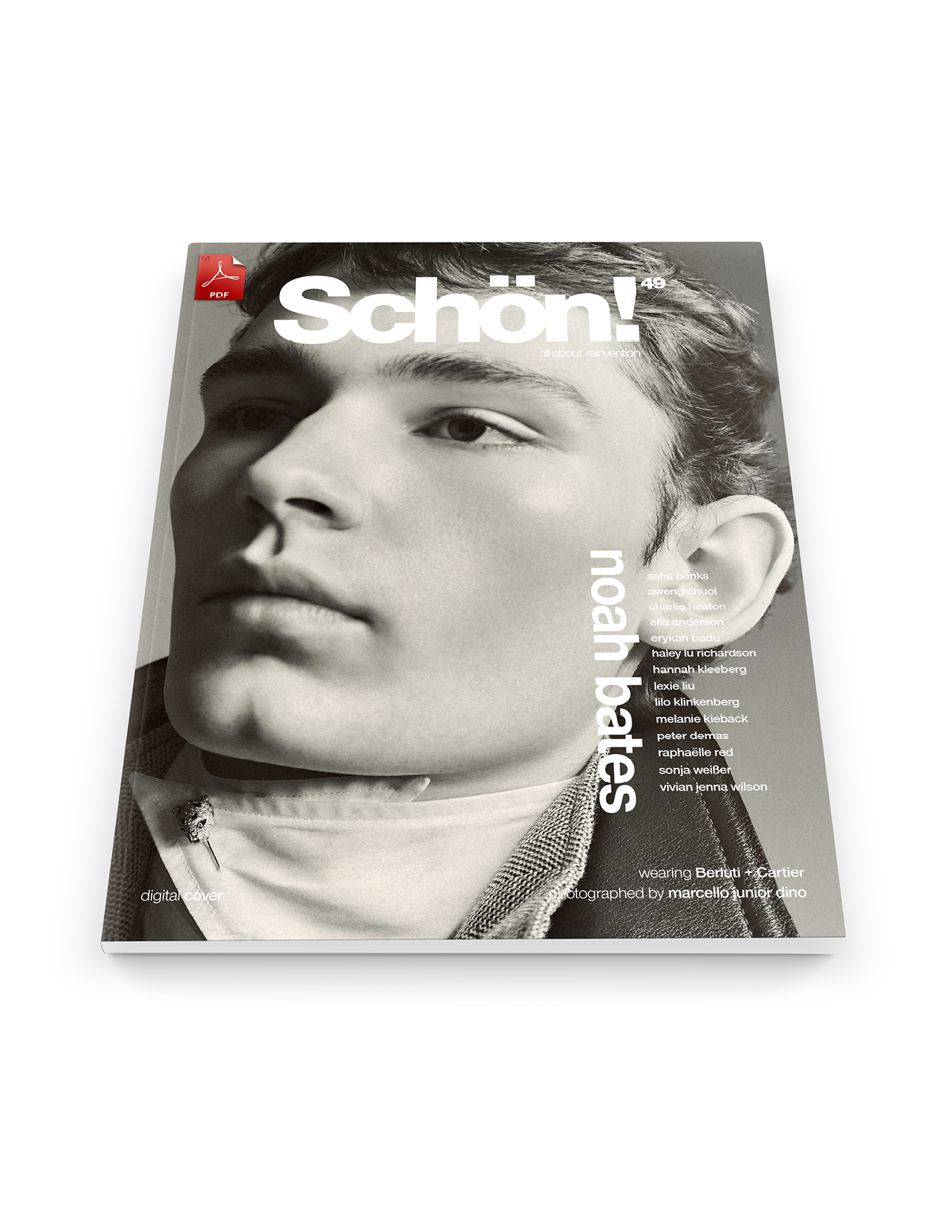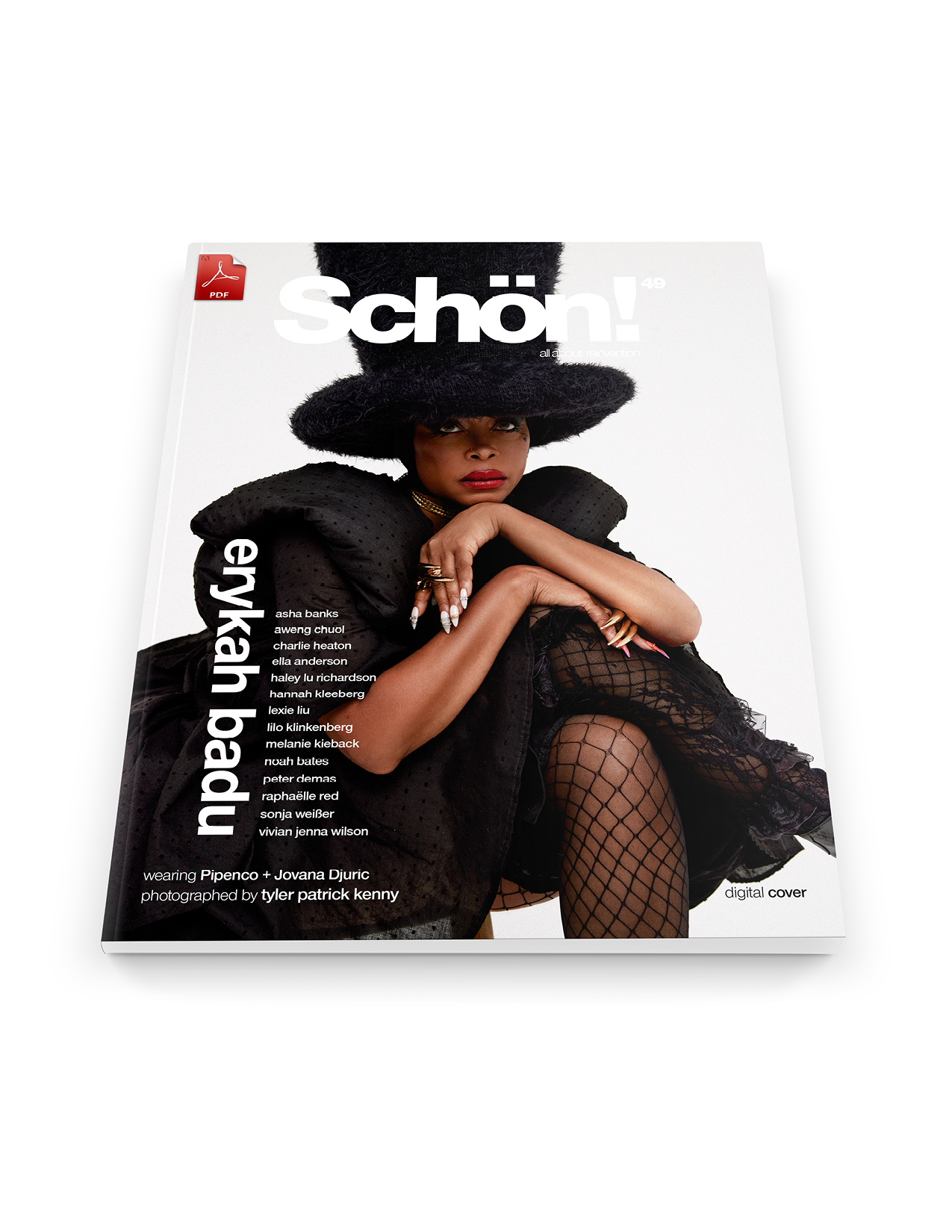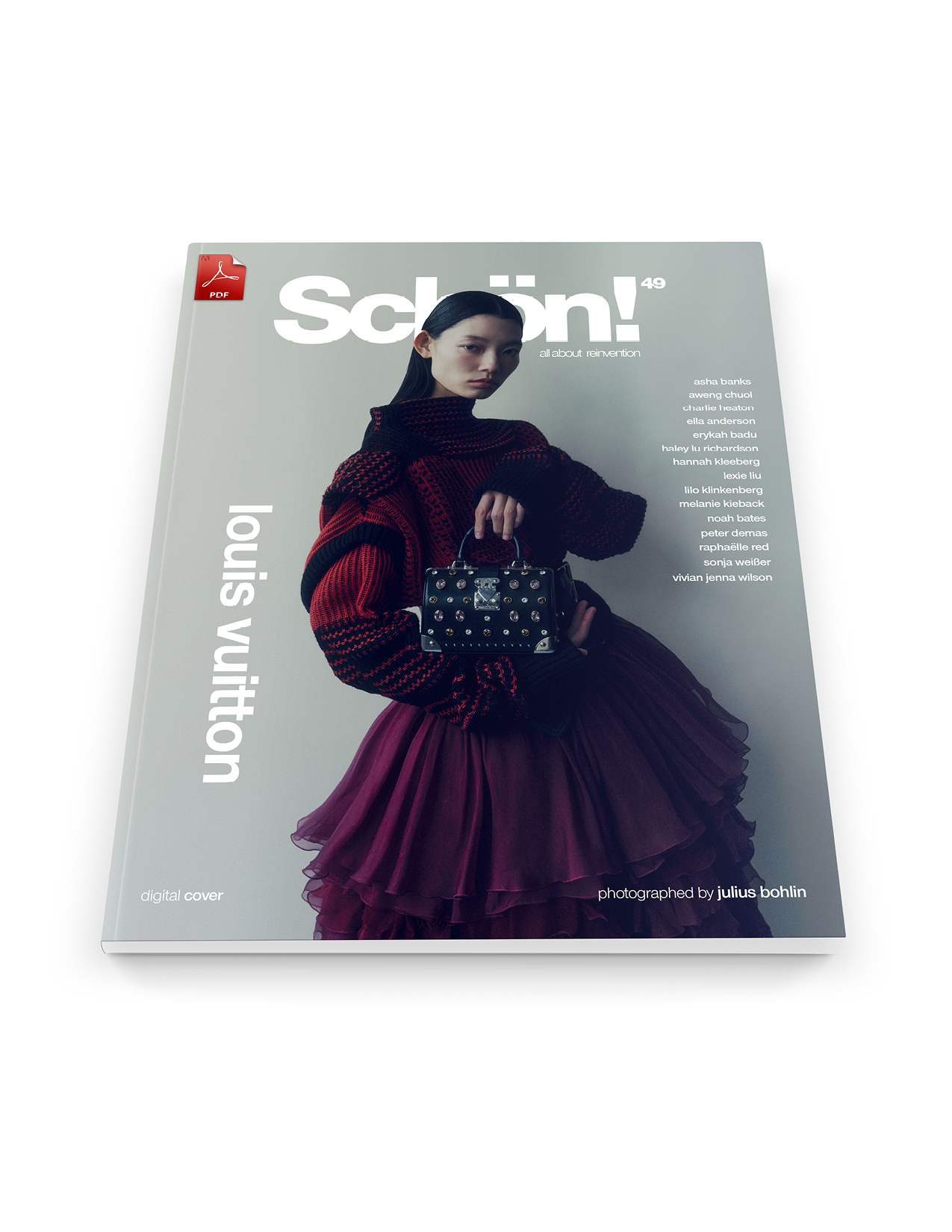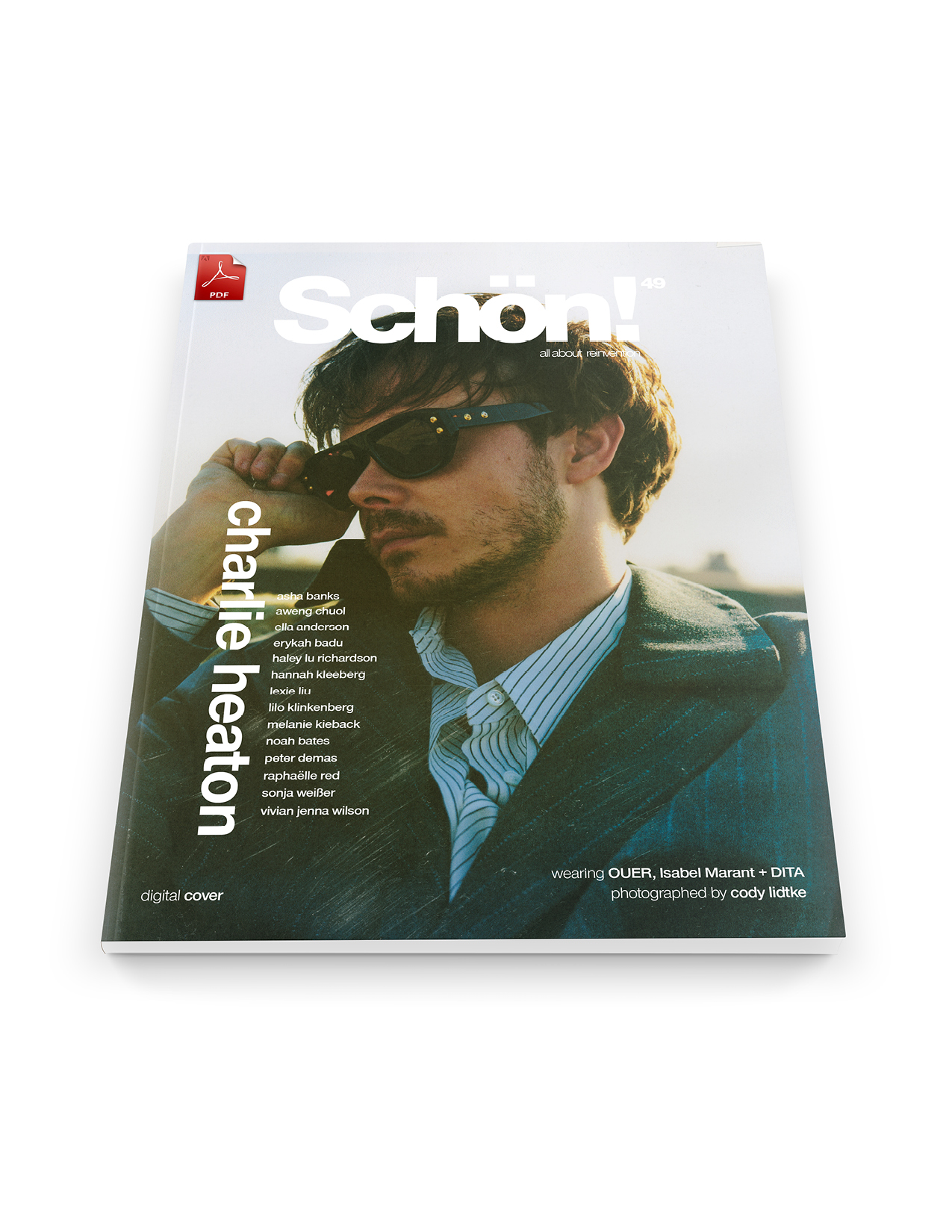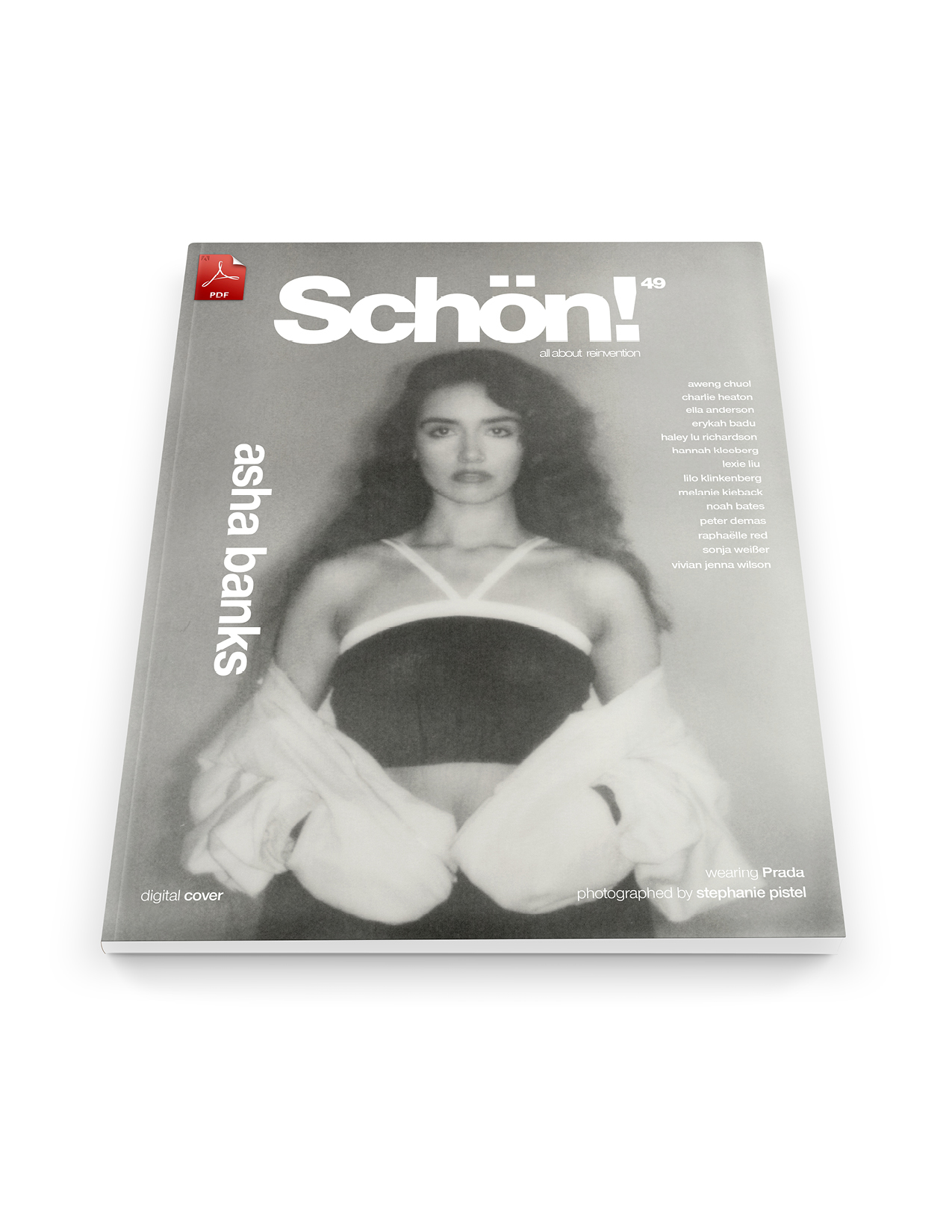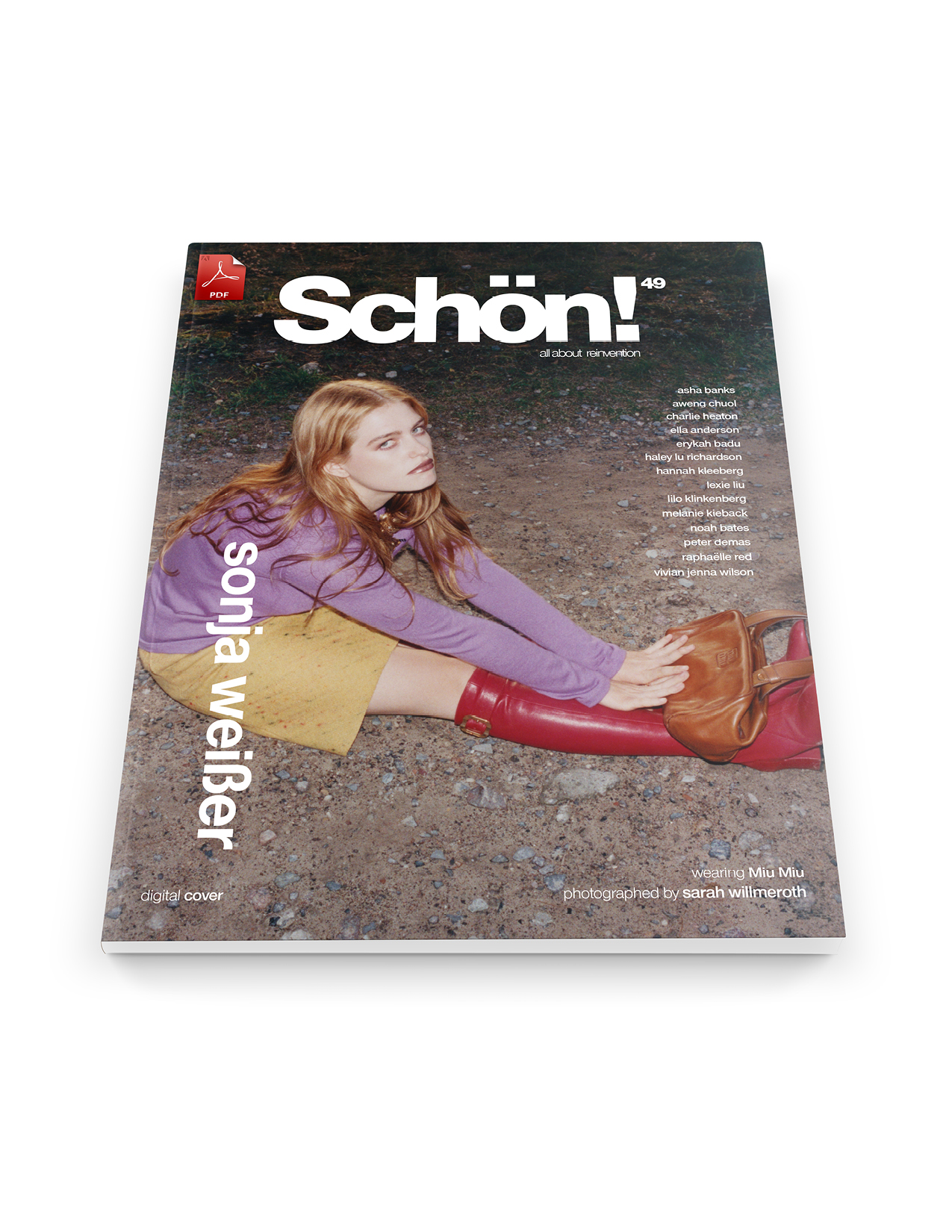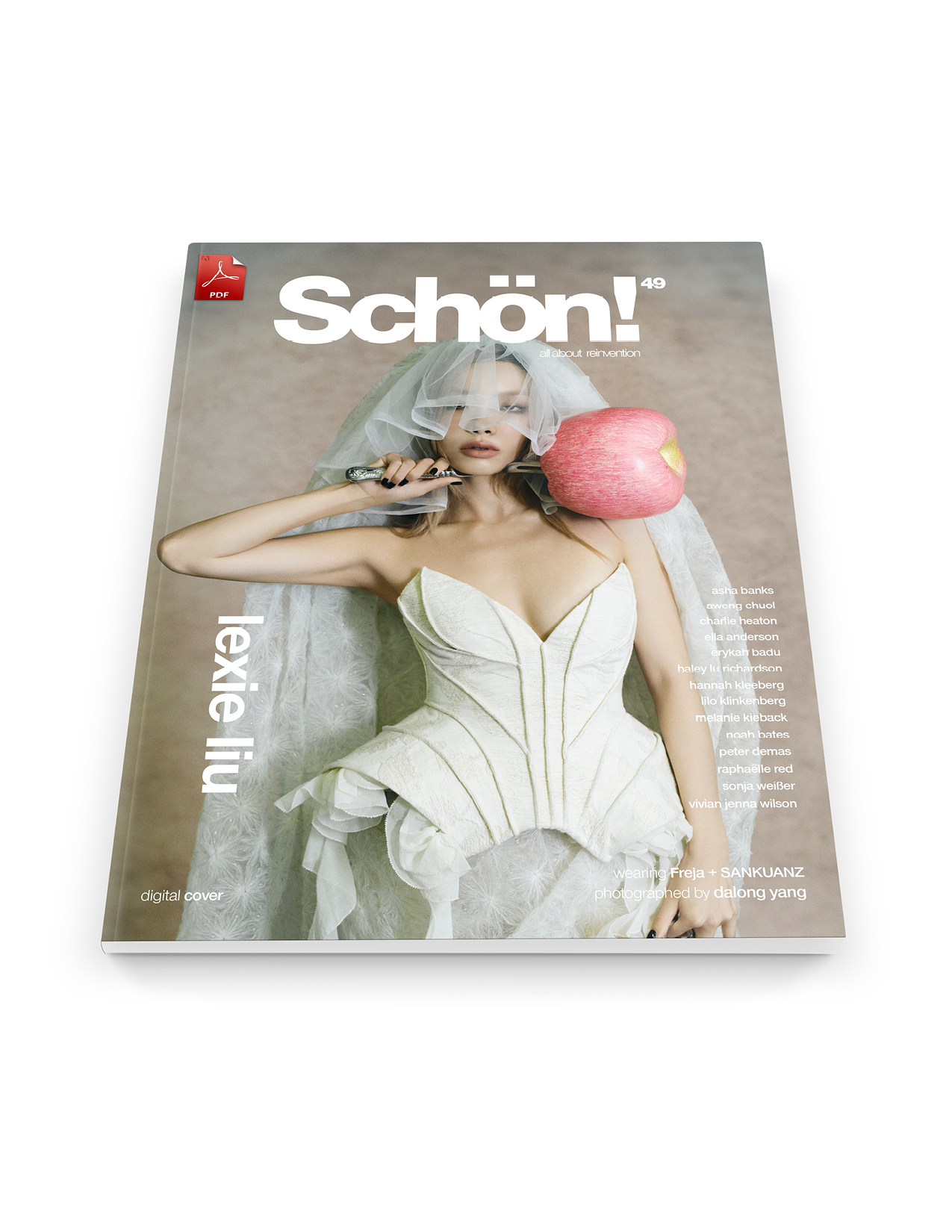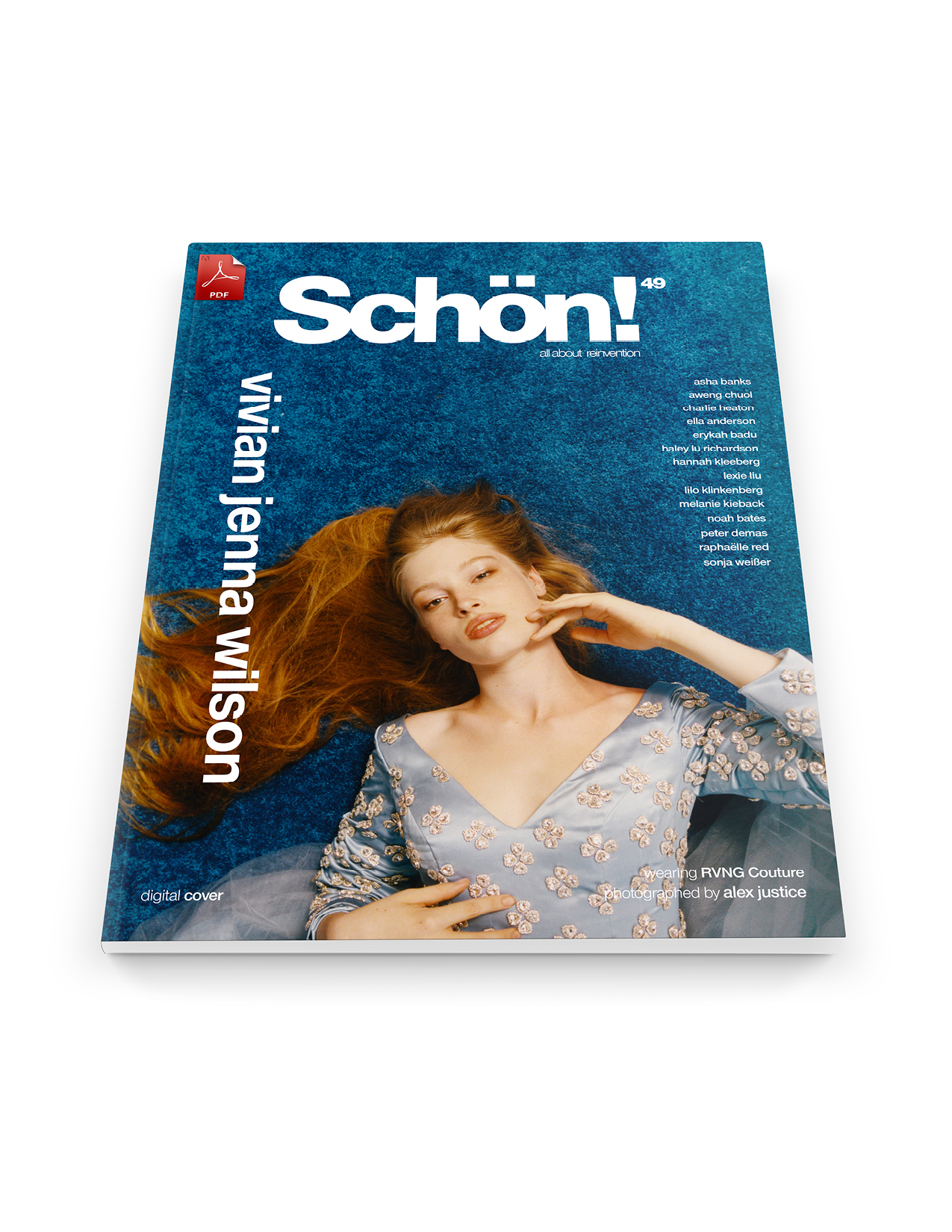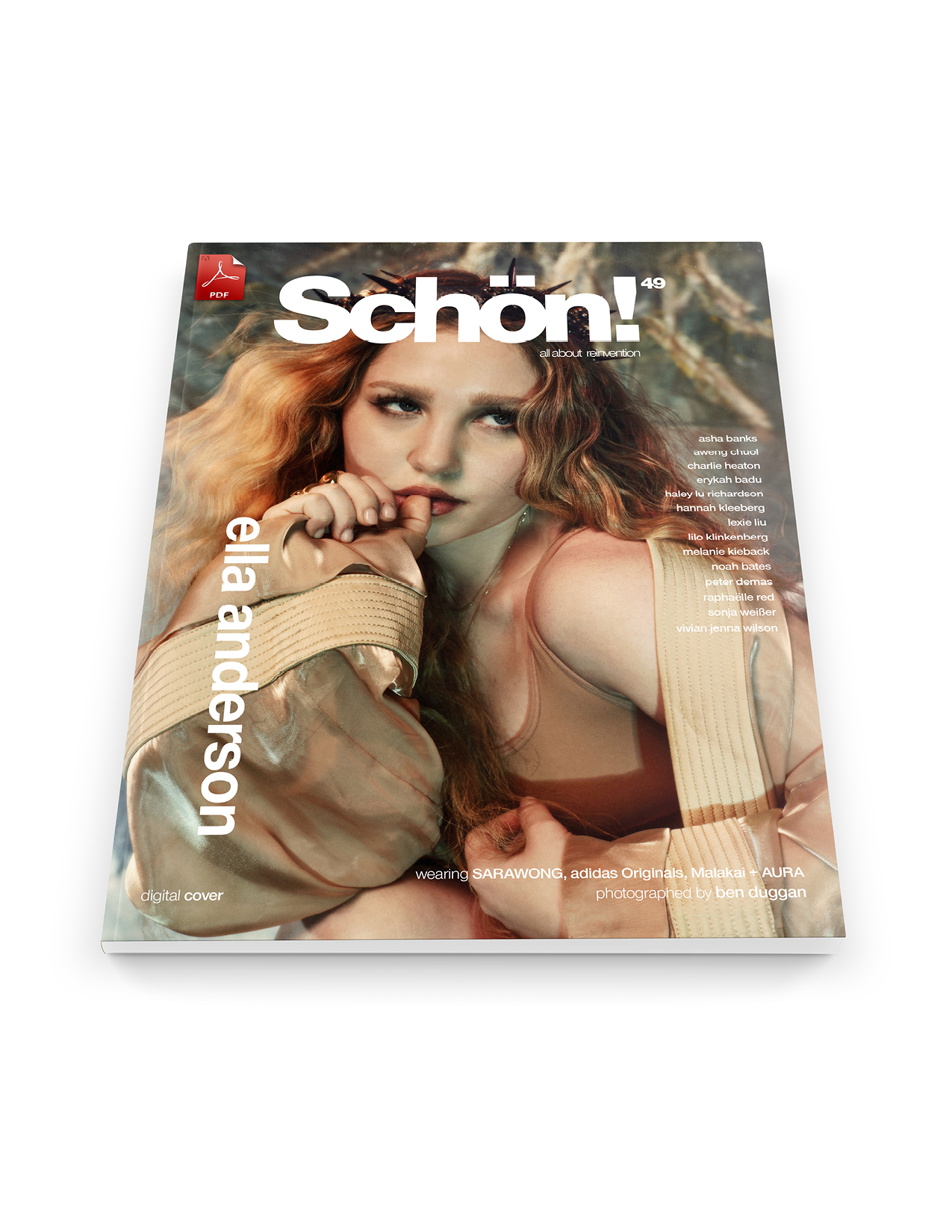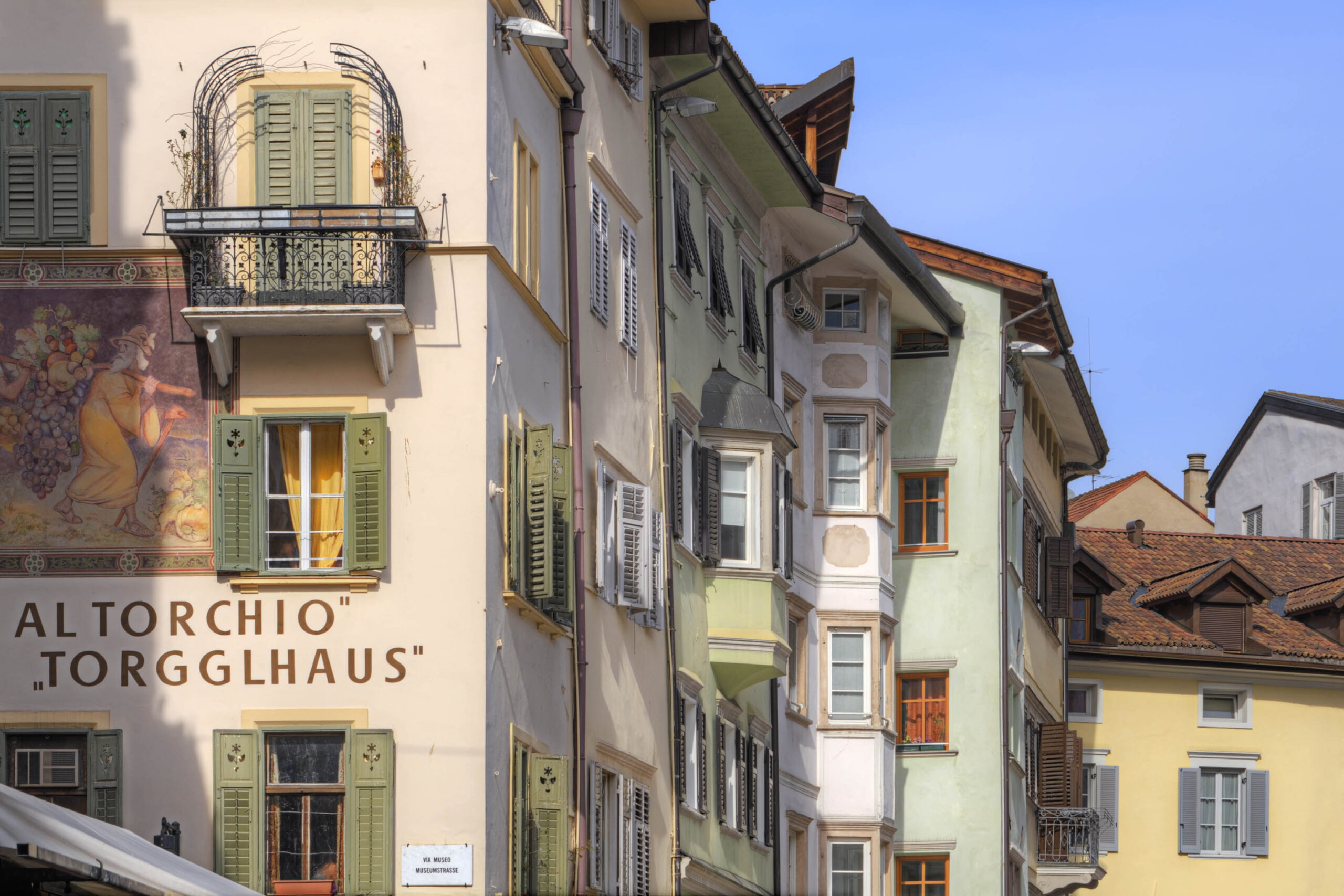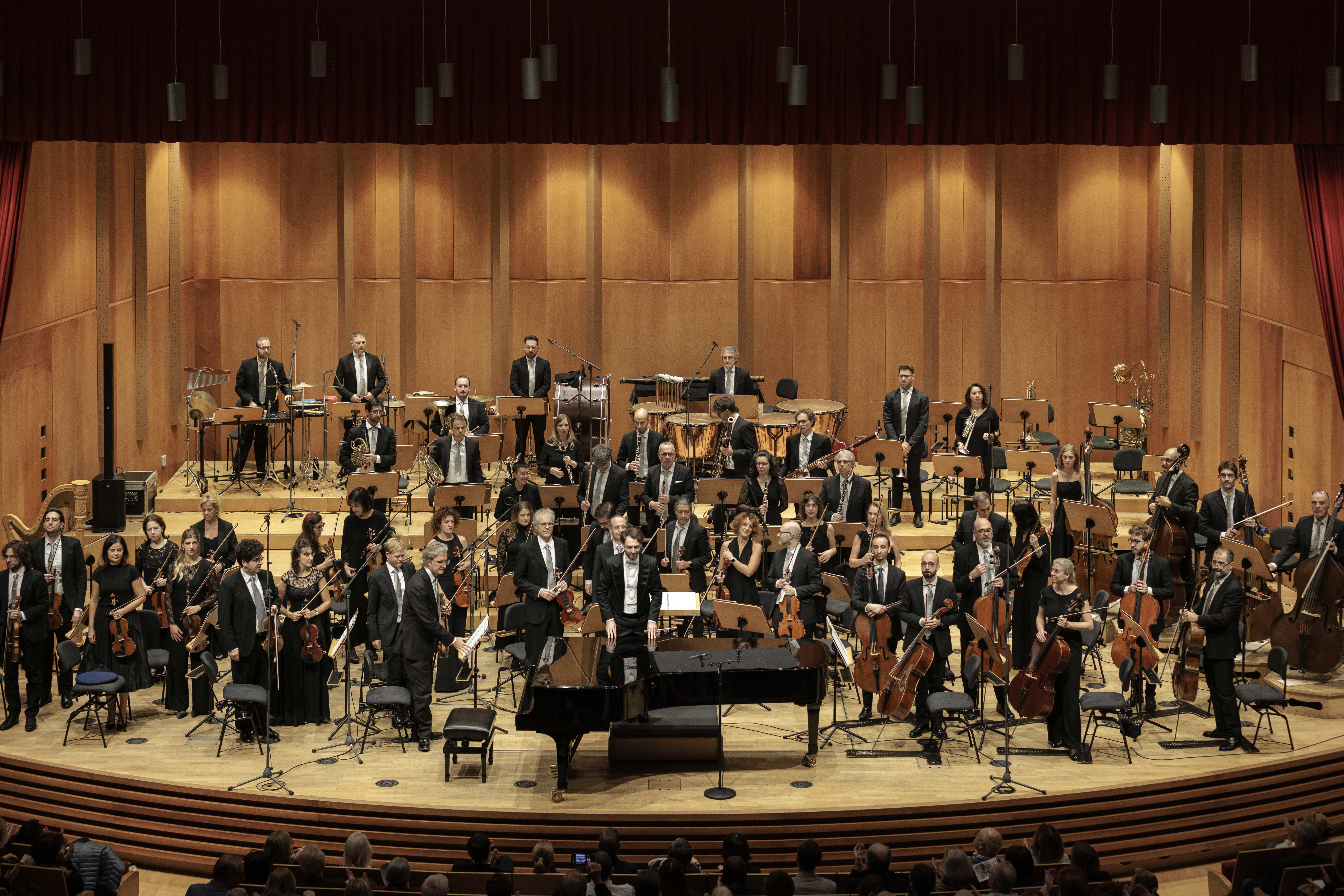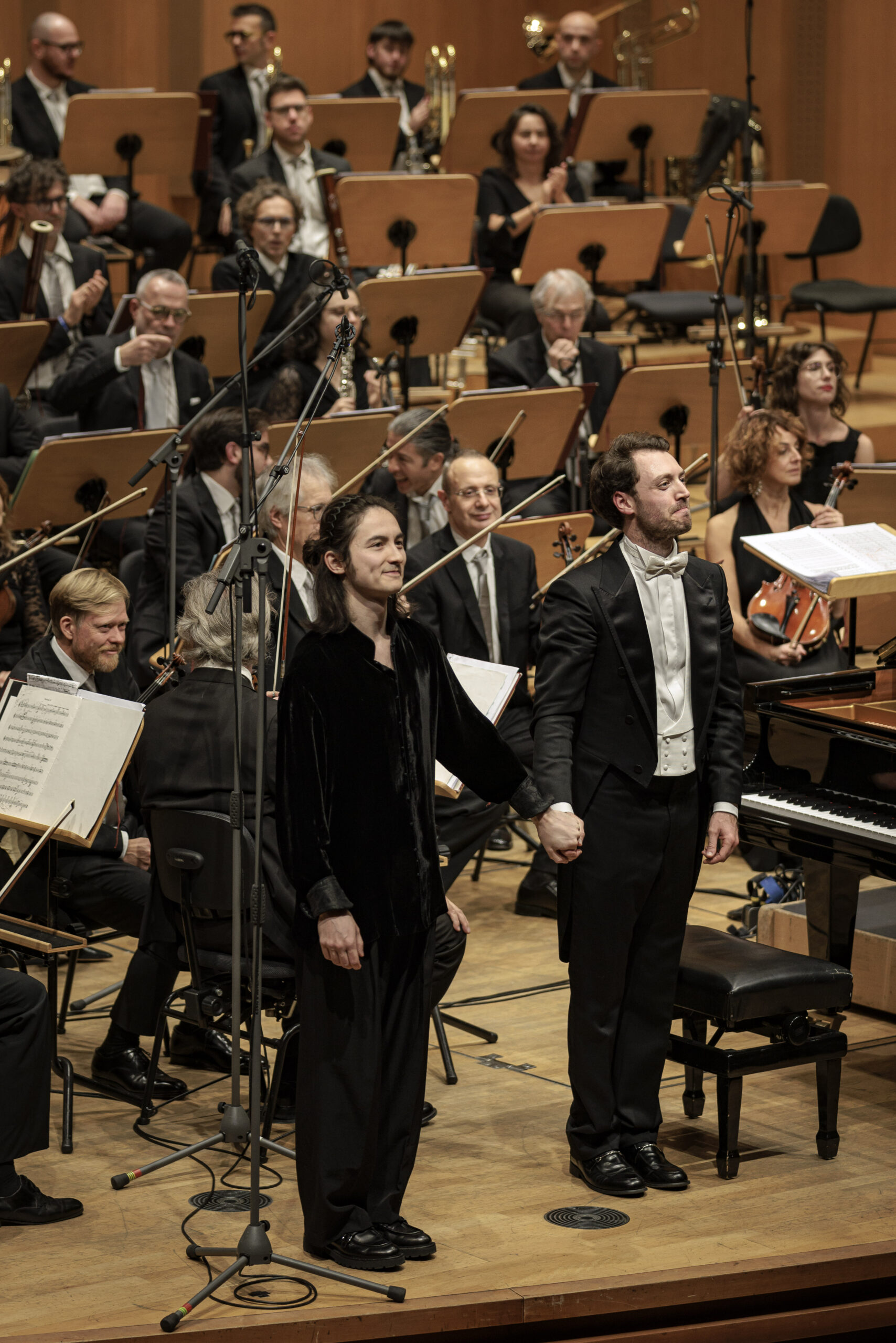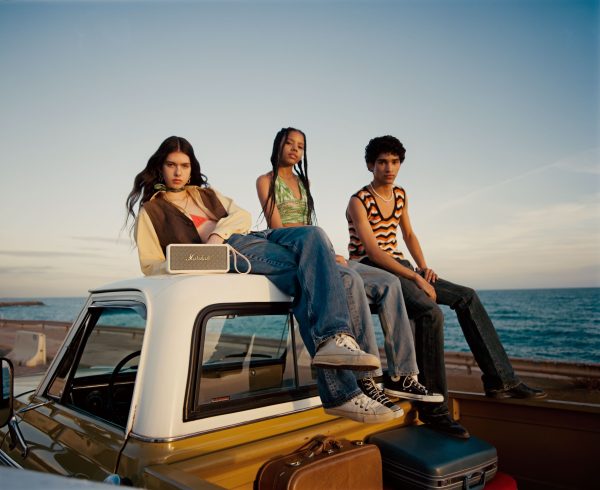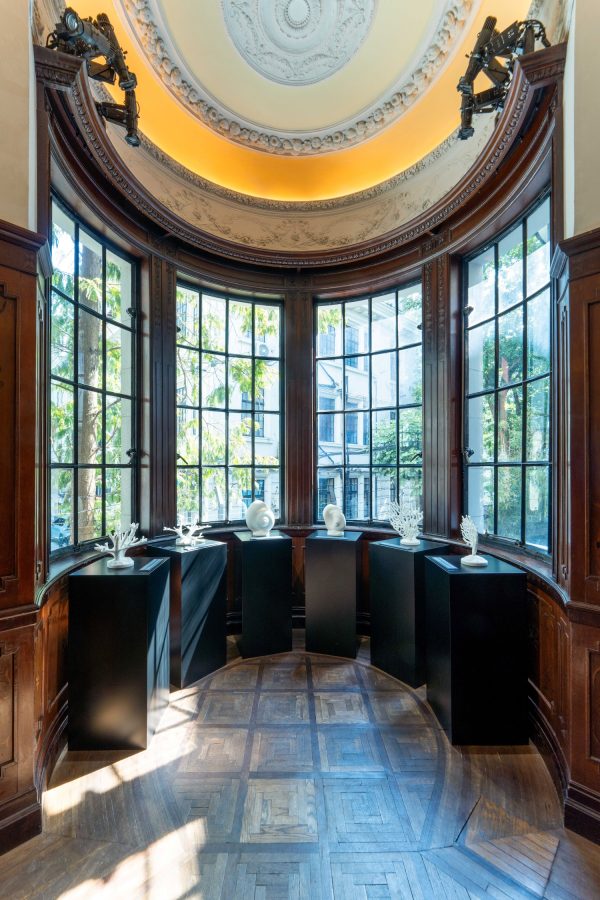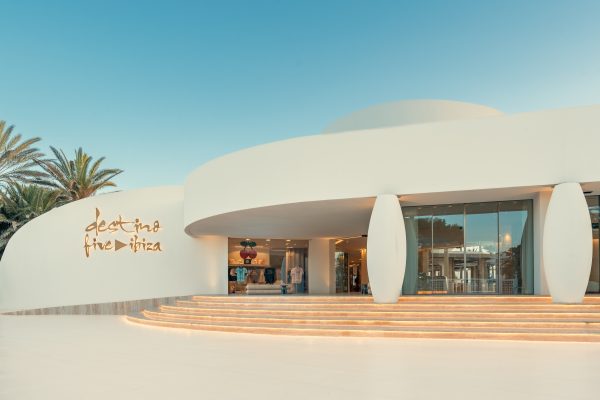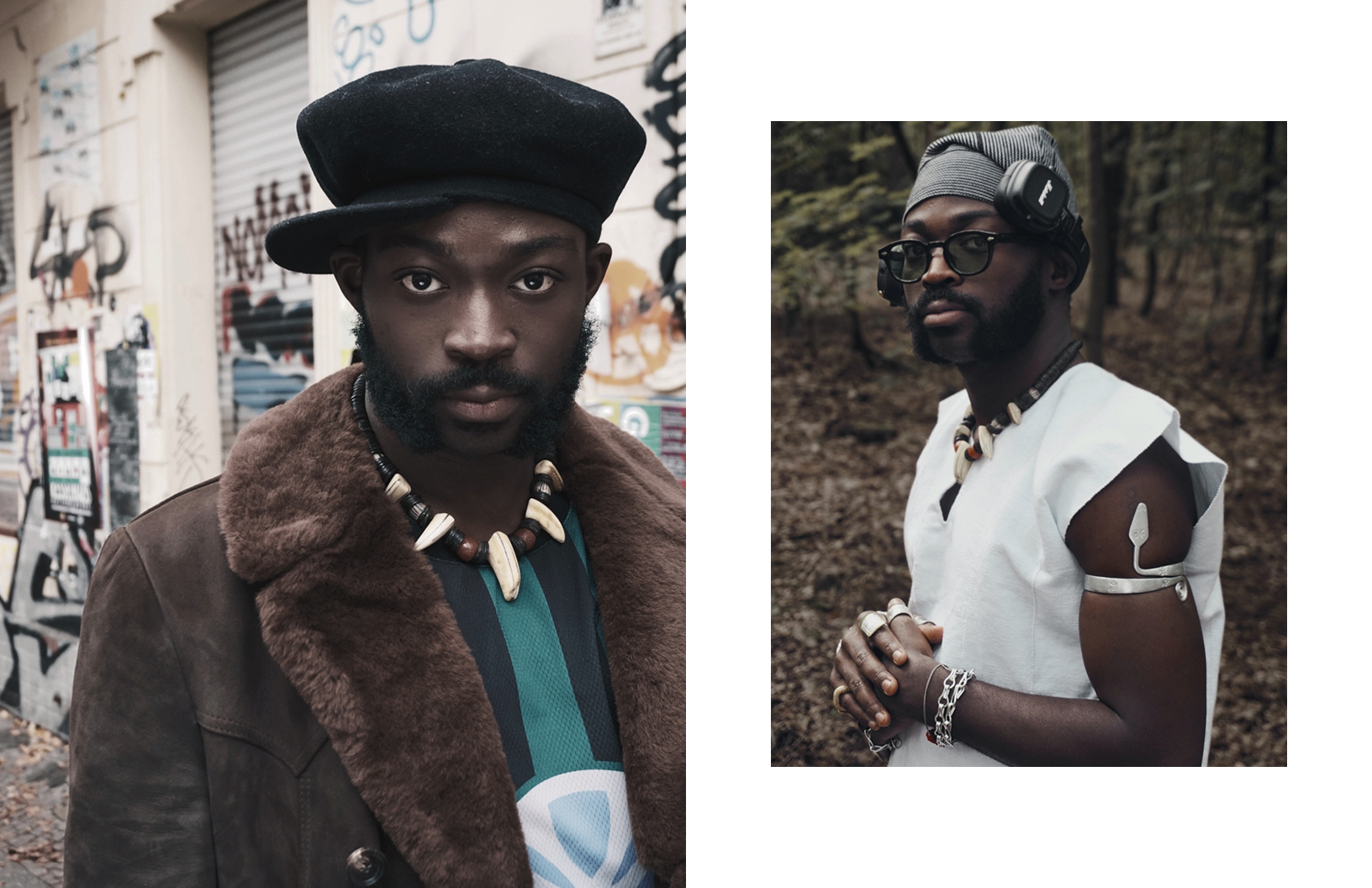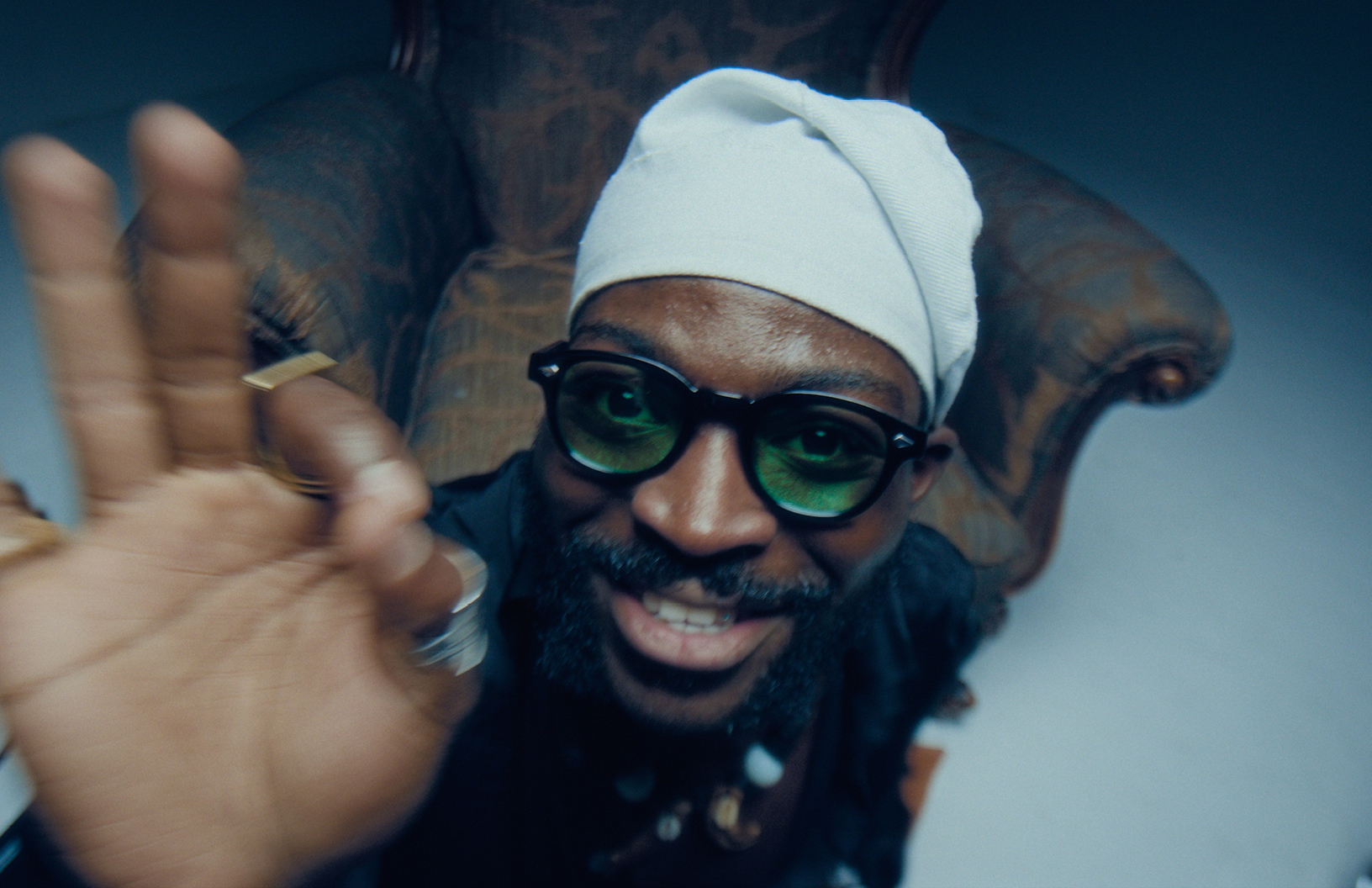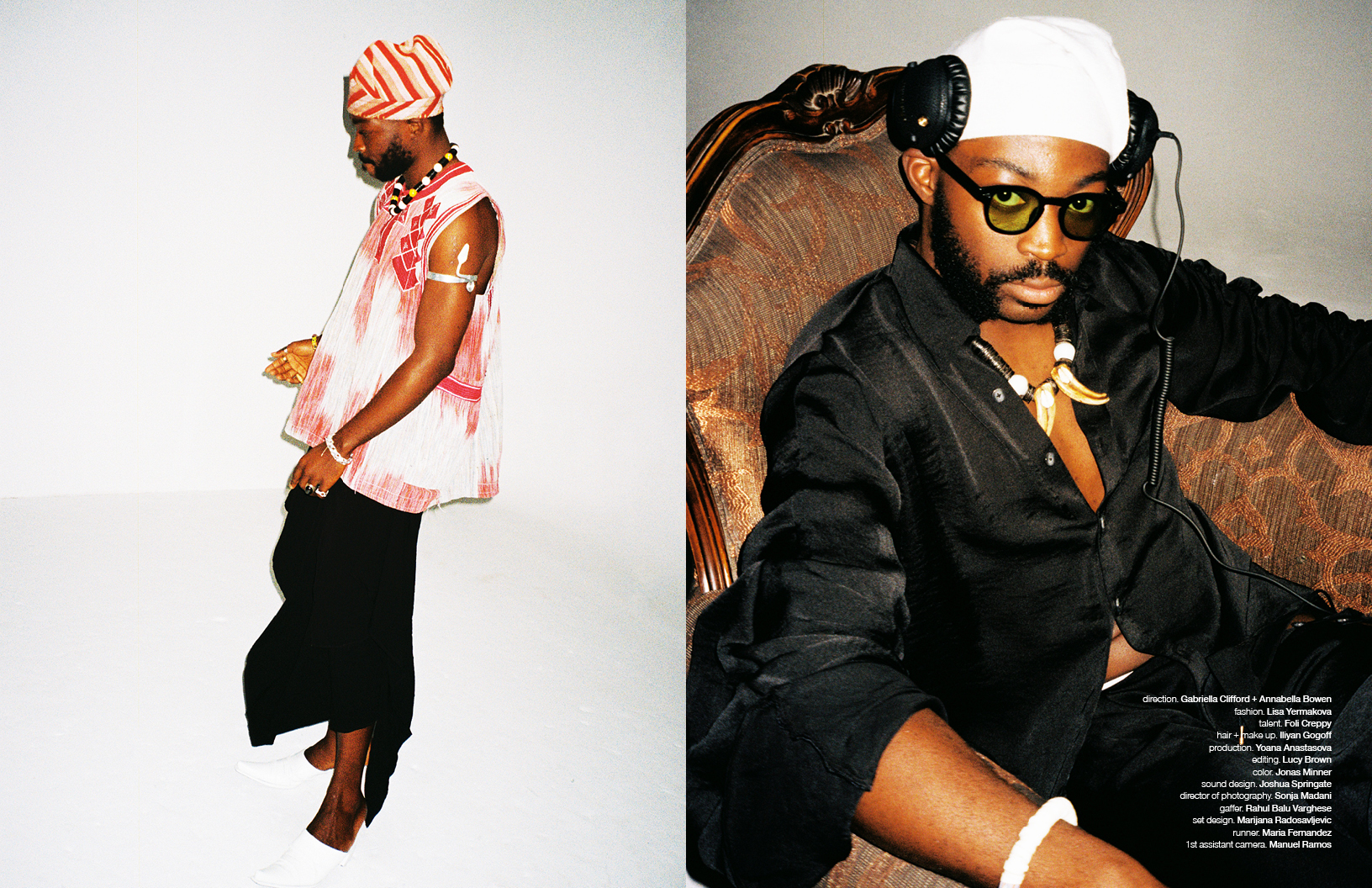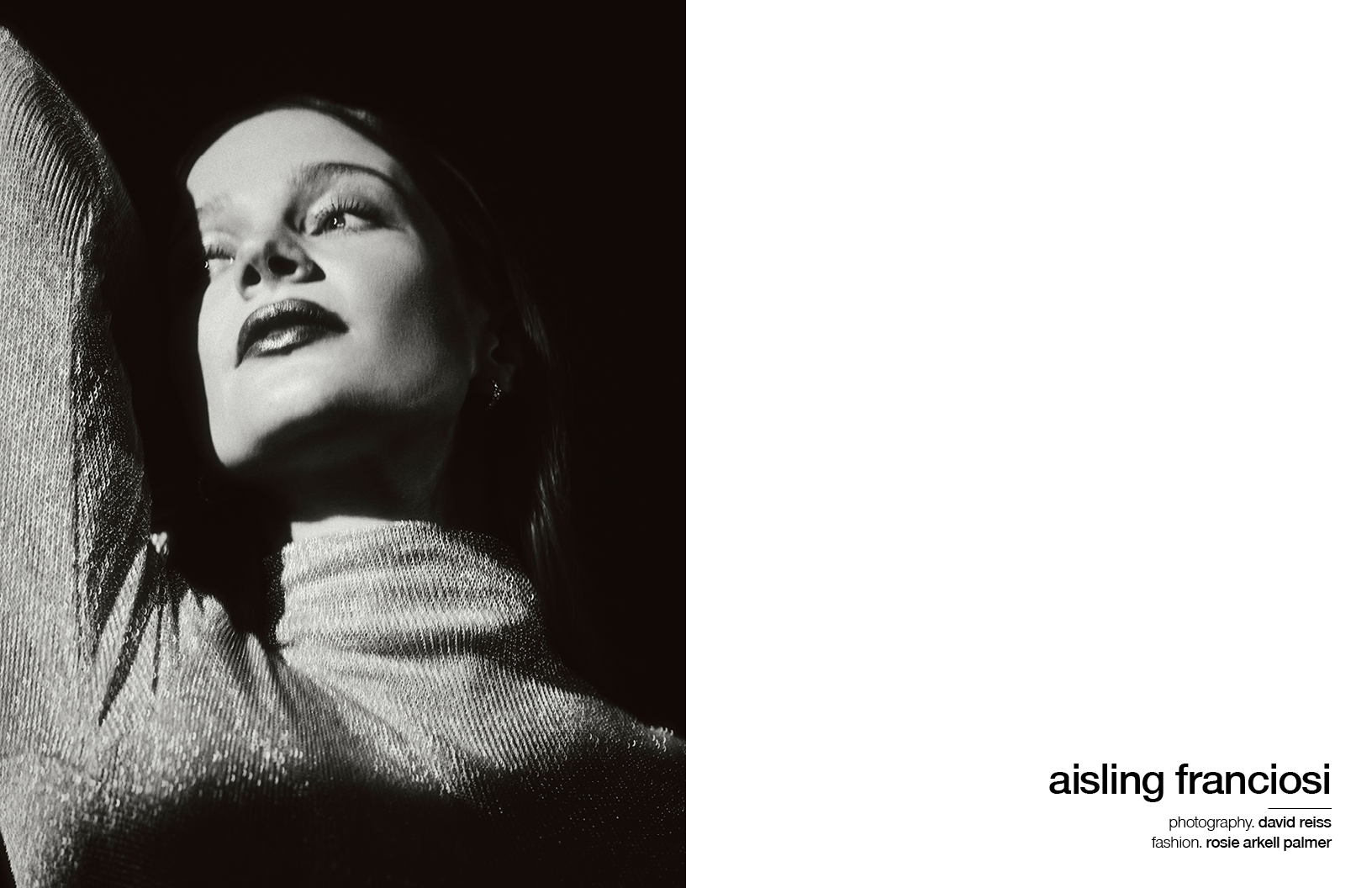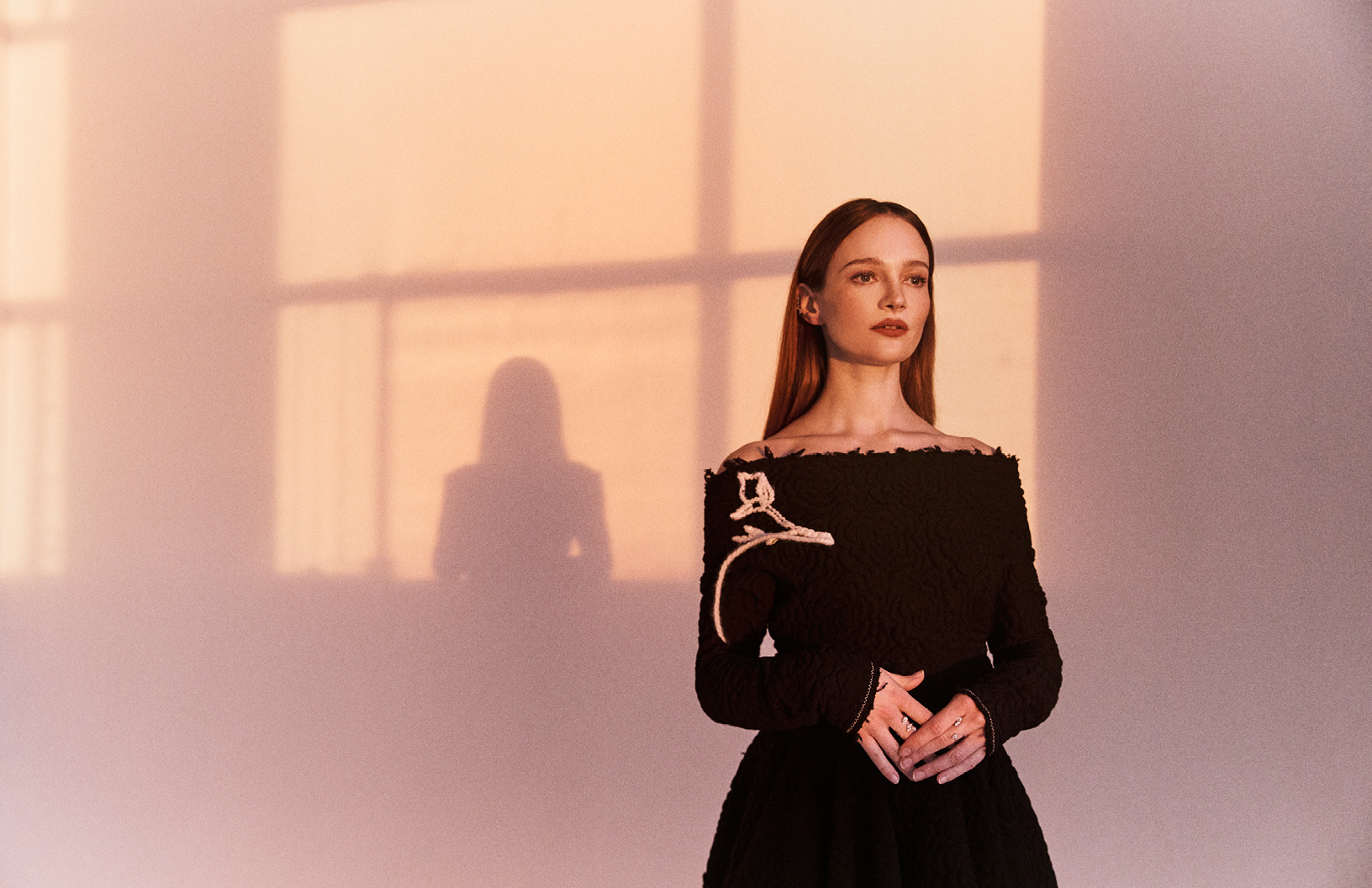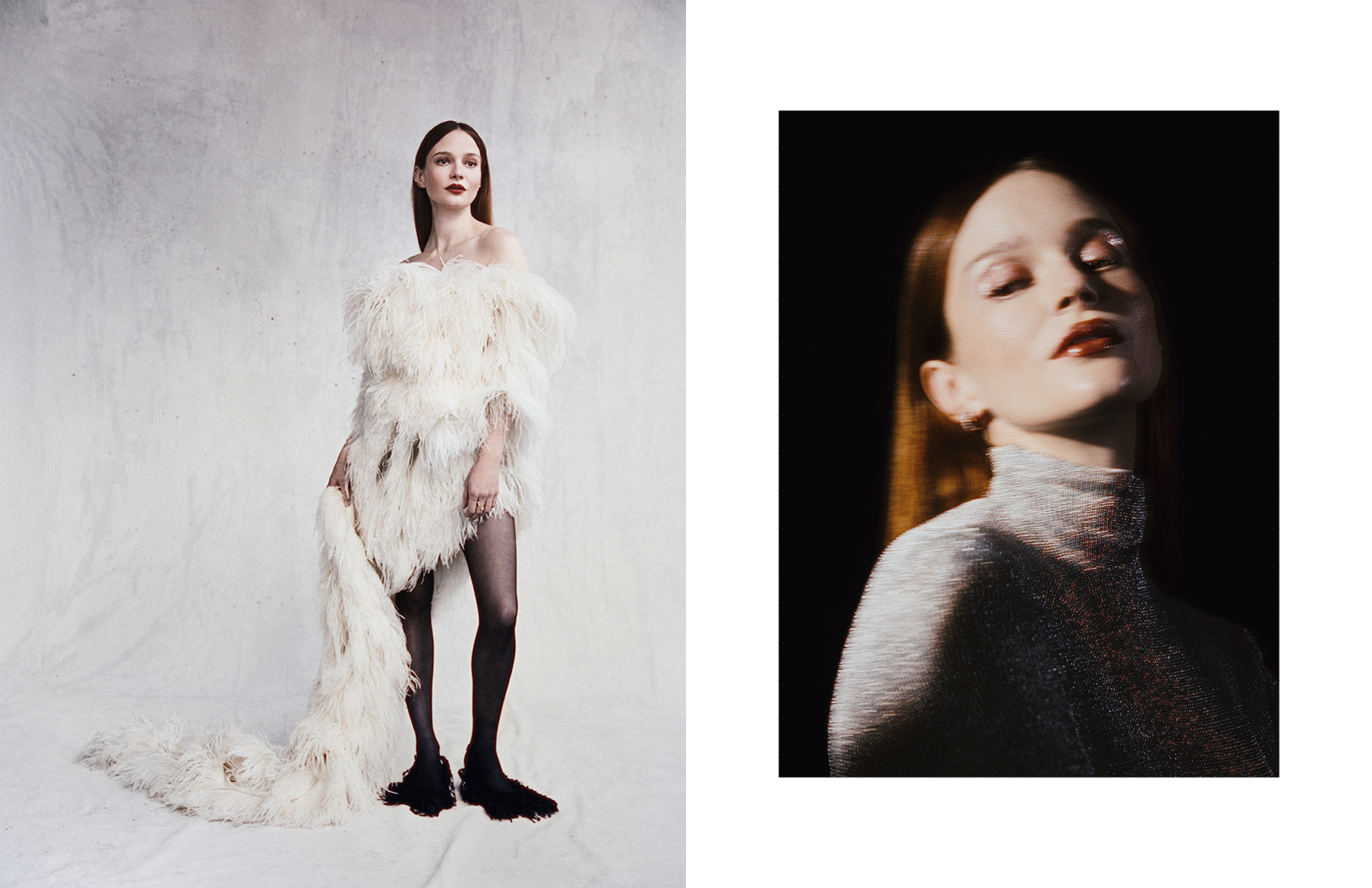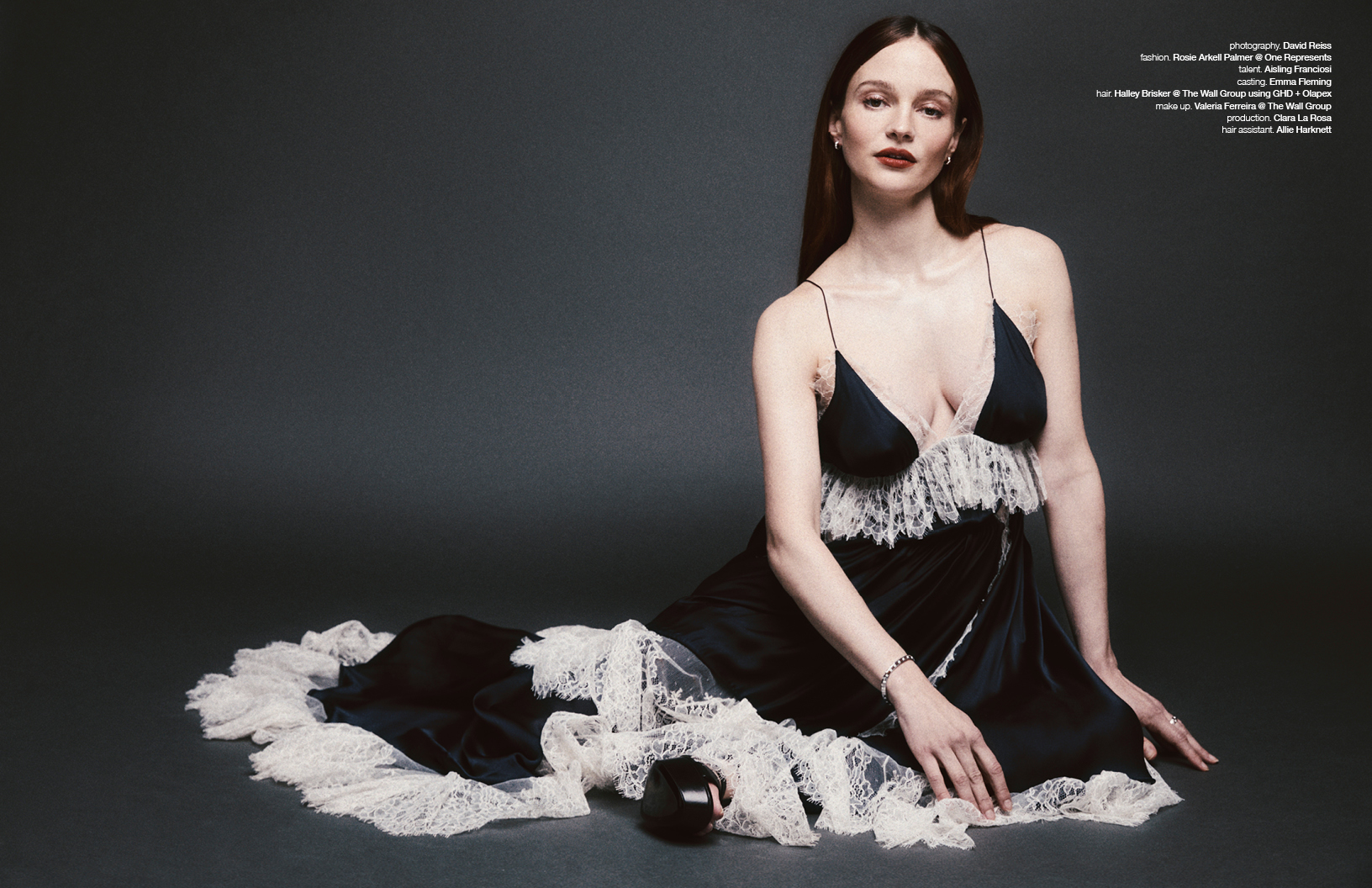
For Massoud Hayoun, painting is a means of resurrecting the departed, capturing the full spectrum of life’s drama and vibrancy. Born in the vibrant heart of Los Angeles, Hayoun’s rich tapestry of Tunisian, Moroccan, and Egyptian heritage weaves a narrative that delves into the depths of belonging, identity, and the intricate webs of power. A luminary in the realms of investigative journalism, writing, and painting, Hayoun possesses an acute sensitivity to the lives of those who are often overlooked.
The poignant passing of his grandparents, who nurtured him with unparalleled affection, ignited a profound exploration of his Jewish-Arab roots. This introspection culminated in the critically lauded memoir When We Were Arabs: A Jewish Family’s Forgotten History, published in 2019 by The New Press, New York. This intimate chronicle stands as both a homage to his family and a quest to articulate and illuminate the Jewish Arab identity. For Hayoun, “Politics are personal – and the more people benefit from certain oppressive power structures, the less likely they are to notice…the degree to which all politics are personal.”
In a similar vein, his lyrical novels, Building 46 and Last Night in Brighton, both published by Darf Publishers, London, employ the ethereal realm of ghost stories to probe themes of sexuality, body image, and the North African diaspora. As a journalist, Hayoun’s mission is to elevate voices — not merely those of analysts and academics, but crucially, those of individuals systematically silenced. Personal loss, the global pandemic, and the inspiring memory of his grandmother who embraced drawing late in life spurred Hayoun to immerse himself in painting. This medium, with its immediate and visceral storytelling power, has always resonated deeply with him.
Schön! sits down with Hayoun to discuss his work, navigating his heritage, and more.
How do you navigate and represent the intersection of your Tunisian, Moroccan, Egyptian, and Jewish heritage within your artwork, and what challenges have you faced in doing so?
Chief among all of the identities I identify with, more than being from any particular national background or any religious identity, is Arabness. In 2019, I published “When We Were Arabs”. It’s a political theory of Arabness and belonging that I apply to the lives of my Tunisian and Egyptian grandparents who raised me, and then I apply all of the above to current events. The focus of the book is how colonial regimes sought — in the specific policy documents that I cite — to de-Arabize Jewish Arabs — that is to say bourgeois and upper-class Jewish Arabs, since the poor were manifestly left out of this scheme — and weaponize them against their compatriots. This was for the explicitly stated purpose of dividing and conquering the Arab region. The book is a meditation on identity and the way that our identities are frequently warped to political ends by far-away political powers.
That’s all to say, I’ve spent a lot of time thinking about my multiplicity of identities — ethnic, religious, sexual, class, etcetera — and that contemplation definitely reflects in my paintings. I don’t, as I frequently see other artists do, exhibit my family’s cultures for a non-Arab gaze. For instance, I have painted only one belly dancer, and that was only to poke fun at the ridiculous latent Orientalists, typically well-meaning liberals with no self-awareness, I have encountered in academia since writing the 2019 book. The Arabness you see represented in my pieces are the contemporary Arabs of my grandparents’ generation onward. They experience the political and social obstacles of our present generation. They wear the same clothes, and have the same feelings.
I have always painted, but before I began to show my work professionally in the last few years, I went to speak to a number of gallery directors in the Greater Los Angeles Area. Mostly I asked if it’s ridiculous for me to start showing in my mid-30s, without a fine arts degree. One non-Arab gallerist — without having seen my work — suggested that I really lean into Arab themes, because that’s what galleries and collectors would want from me. I have. But I like to think that I haven’t done that in the way he had envisioned. I’ve done it on my terms, in a way where I’m not selling my background, as many American immigrants are compelled to do in little curio shops and restaurants; I’m doing it with my middle fingers out and guns blazing!


Transitioning from investigative journalism to painting, how has your approach to storytelling evolved, and what perspectives do you believe painting allows you to convey that journalism did not?
It really is much more of a smooth transition than I had anticipated. A leftist love of people and my thirst for a progressive society with accountable leaders and mutual respect among disparate peoples are what animated my journalism. The same animates my painting. I’m telling the same stories, grinding the same axes.
The main difference is the response. On Instagram and at gallery shows, people tell me the most moving and exciting things about the paintings. They never did that for my writing, although some people did write me very nice things about my first book and gave me recognition for which I’m very thankful. The reason is that at least for books, it truly is a bourgeois privilege to have not just the education necessary to read a dense book of political philosophy but to — as a person who is not a trust fund baby — have the time to sit and read a book from cover-to-cover, unless your job or professor requires it. Paintings are for everyone. The symbols I use are frequently very Arab, but I feel them to be universally accessible.
On a personal level, I have felt moments of great inspiration in writing, but nothing as electric as showing people what I mean in figurative paintings, where I pour light and shadow into your brain and impress my crystal visions upon your soul. I feel much more sated and indeed elated when I’m able to show instead of tell.
In your memoir “When We Were Arabs,” you mention that “all politics are personal.” How does this philosophy manifest in the themes and subjects of your paintings in the “Between Broken Promises, Harissa” exhibition?
In foreign affairs journalism, I’ve had countless editors tell me — you need an America angle or people won’t give a damn. You can only talk about a genocide or a pressing environmental issue if Americans are able to see an immediate impact on their own lives. That’s one of many ridiculous things about American journalism, but it’s also very honest and accurate to the human experience. People very easily detach from big social issues, even ones that are manifestly pertinent to their own well-being like the environment, unless they are made to see how immediate they are.
When I show that someone is crying over a genocide, I am imploring the cold-blooded to care. I am perhaps not finding an American angle, but I am trying for the empathy that my editors insisted was impossible when I was reporting the Arab Spring and Occupy Wall Street movement in 2011.
All politics are personal. It is very true that the closer people are to certain centers of power, the less likely they are to realize that so much of how we are is decided for us by policymakers in the political and economic halls of power. That is a core message of “When We Were Arabs.” It’s also at the heart of this exhibition. Even the European colonists represented in this exhibition are who they are because of politics, in the way that Frantz Fanon describes that the colonizer too lives in a sort of prison of his own making.


Your vibrant portraits feature a wide range of society, from sex workers to political revolutionaries. Can you discuss your selection process for these subjects and what you hope viewers take away from these diverse representations?
Journalism is a marvellous and bad industry. Low pay, and the irony — at least for me — is you cover labor rights literally while your bosses crush attempts to unionize. But as a generalist, like I was, you meet people from so many backgrounds, and sometimes when a story is done, you carry those people with you. I have no personality of my own. I am a sum of the sex workers, the nuns, the revolutionaries, the royalty, the murderers, the saints, the migrants that I have had the privilege to meet through long, in-depth conversations with them.
The sorrowful thing about journalism is that frequently, you have these long, involved conversations, and then you move on. That part is sort of antithetical to my character — my constitutional loneliness. With my painting, I remain with the people who impressed themselves upon me. They appear and reappear. I see the world through the lens of what they shared with me and my imperfect impressions of them.
I go out into the world observing until today and reflecting what I see with the respect and the heft and indeed the love that it deserves. The nuns I spoke with were that way especially — frequently unafraid of dangerous people and deeply loving of humanity and its flaws. One nun I love in particular told me — in a conversation about the death penalty and why it’s wrong for states to murder convicts — that we all carry a universe in our minds that is obliterated when we die. She said it in order to celebrate the sanctity of life in a way that many religious conservatives do not. Every death is an apocalypse. Imagine, then, what our world is right now with what’s happening in the news.
The passing of your grandparents had a profound impact on your work. Can you share how their memory and influence are reflected in your current exhibition?
There’s not a day that goes by that I don’t think of them. I sleep in their bedroom in Los Angeles. It only occurred to me at the height of the pandemic to paint them, and that’s an extreme joy to me. I feel confident I’ll see them again, but if not, at least I’ve got these periods where I stare at their faces for a week or two, while I’m painting.
They believed in life and freedom and respect for all people. The urgency I feel when I paint on social issues is an urgency they breathed into my chest from birth. I never paint them defending a single social movement they didn’t tell me about in their lifetimes. For instance, I feel very strongly that the fight for reproductive health care in the U.S. — that is to say, abortions on demand and without apology — is a fight for all Americans not to be beholden to religious or moralistic law. But my grandmother never spoke to me about abortion, so I painted a piece recently where I would’ve liked to meditate on how she would have seen abortion, but I had to leave her out of that painting, because it would’ve been wrong for me to imagine her saying things I don’t know for certain she would’ve said. I know that she believed that we live in a society where if anything — including health care — doesn’t serve straight, bourgeois men of European origin, it is irrelevant. And I’ve depicted her burning a mountain of erectile dysfunction pills to that end. But I showed myself — not her — performing abortions illegally in a time when the law becomes anti-human. I’ve yet to post that one to Instagram. I want to wait for a moment where I feel I very urgently need to show it.


The pandemic inspired a renewed focus on painting for you. How did the global crisis shape the themes and techniques in your recent works, and what new artistic discoveries did you make during this time?
I mourned my grandmother. The mourning eased a bit, and I started going out and dating. And then the pandemic isolated me further. And I still haven’t totally bounced back from that. I live a very quiet life in Los Angeles. Social interactions are a little difficult. I was talking with the Larkin Durey gallery manager, Cassie Vaughan, who is also an artist, and I’m a great fan of her works that penetrate the soul. It was Vaughan who impressed upon me that these paintings are solitary conversations I’m having with myself about big world issues. Sort of like the Bad Bunny song “Monaco,” where he describes people “están hablando solo/ están hablando con el eco” – people speaking alone/ people speaking to echoes. These are conversations I hope to externalize so that when I’m able to come back out and have friends and lovers again in full, there’ll be a world left to live in.
In your novels, you use ghost stories to explore complex themes like sexuality and body image. Do similar metaphors or narrative devices appear in your paintings, and if so, how do they function within the visual medium?
God bless you for mentioning them. Especially since no one cared about my second and third books, which were fictions. Except for Ai Weiwei who endorsed the second book. Ai Weiwei’s art and mind are everything to me. He is the one who taught me that the role of the artist is to stand as a countercurrent to oppression. One day at the height of the pandemic, I was working an awful job not related to anything I do. I was working for people who didn’t care if I got sick and died — That’s the extremist capitalism in the U.S. But I needed a livelihood. And his staff emailed me that he wanted to FaceTime me about the book. I had the most surreal conversation with him as he ate a peanut butter sandwich and poured into me the sort of inspiration I needed to make it through that time in my life. Imagine doing that for someone! I cried. I thanked him in my, by then, rusty Chinese that I had learned in my time as a journalist in China. And I wouldn’t be showing in London now, certainly, if it weren’t for him.
In my second novel — my third and final book, which is a lot like All of Us Strangers, but Egyptian American, the main character briefly becomes a woman in his family. In both novels, there is a sexual awakening and there are food issues. There is a piece in this exhibit frequently used by my gallery in promotional materials called “Can you believe people in this country don’t eat on purpose?” That piece is about the trajectory of my family from nations where food security was more of an issue to the U.S., the land of plenty, where I experienced moments of anorexia and bulimia. The less of me there was, the more I was seen by men, I felt.
I am interested in my paintings in how the experiences of some women and gay men intersect, insofar as a main goal of the paintings is to establish connective tissue between people for the benefit of a movement for universal liberation. The body, autonomy, sexuality — all of those are recurring themes. There is something I would like to wrench back from the world about how I am. And I feel something similar in conversations I have had with women and other femme people who are kindred spirits.

Your piece “An Arab Movie House in 2024 Watches the Scene in Battle of Algiers” invokes historical references. How do you see the role of historical memory and reinterpretation in your art, particularly in relation to current social and political issues?
A gallerist in Paris and a museum curator who visited my place in Los Angeles both said that their interest in my work is how it reckons with time. There is something very contemporary about the work and yet, there is a constant harkening back to some historical memory, either my grandparents’ generation or the distant past.
My grandfather’s family were in a unique situation as Egyptians of Jewish faith to celebrate Passover, the celebration of the departure from Egypt, while in Egypt. It was their custom to ask at the Passover dinner table: Where are you coming from and where are you going? It’s a cute game. You imagine, for instance, that you’d like to go on vacation to Guam or Armenia and tell people why. The philosophical underpinning is that we can only know where we’re headed when we take stock of where we’re from. To my mind, that’s a revolutionary act — a strategy.
Insofar as every one of my paintings is an act of strategizing for a more progressive, accountable, loving world, I find it necessary to constantly look backward and forward simultaneously. In the painting you reference, I am using a common device in my paintings — the cinema audience. There is a potent existentialist symbol in the movie house — people come together to have an array of disparate reactions to a piece of political art. These are family portraits of people unrelated by blood, tied by circumstance. All we have is each other. I am also drawn to the way this archetype turns the viewer of the painting into the subject. You are being watched. There’s a delicious role reversal that aims to cut you deeply.
Given your background in uplifting marginalized voices through journalism, how do you see your art contributing to social activism, and what specific issues do you aim to highlight or address through your exhibition?
First, it was the marginalized voices that uplifted me every time, not the other way around. I can’t pretend my journalism — much as I enjoyed it — ever really helped anyone. Like with my painting, journalism was always more of a psychological and spiritual practice, a union between reporter and speaker, than either of us doing something transactional for each other.
My hope with this art is that it will jolt smarter or more powerful people than myself into action in defence of people — not on the basis of tribal nationalism, despite the fact that these are distinctly Arab paintings, but on the premise of our shared humanity. In these paintings, I use distinctly Arab symbols to talk about the Dirty War in Argentina, capital punishment in the U.S., sex work in Van Nuys, California, and the pitfalls of capitalism and communism globally. I am stretching over great distances to connect the seemingly irrelevant to make people feel that the big, unmanageable topics are personal and that our goals are within reach.
I am painting for Palestine, for reproductive rights, for workers, for the dispossessed, for Arabs, for non-Arabs, for my parents, for Queer people, for the Wretched of the Earth, for the dead, for the living, for everyone I’ve encountered. I am painting my love of people. That’s the antidote to these times. If people were able to see beyond themselves and their immediate gain in a way that is considered antithetical to the inherent solipsism of American capitalism, do you think Trumpism would exist? Trumpism is a symptom of the extremist ideology that is American capitalism. If you take Trump and the way that he tries to be nonsensical to show — as all dictators do — that he can afford to be erratic — away, another would crop up in his stead. He’s a symptom of a much more abstract, much older phenomenon of injustice in the settler colony that is the United States. And insofar as the U.S. exports its culture everywhere, it’s a problem that has metastasized around the globe.
Looking ahead, what new themes or artistic challenges are you eager to explore in your future work, and how do you envision your role as an artist evolving in the contemporary art scene?
Happiness. I want to paint happiness and humour. These are heavy issues, but frequently I attack them with a sense of humour or expressions of love. Not only do those pieces seem to resonate more profoundly with people, they are also much more of an achievement. It’s very easy to sing a sad love ballad or try to win an Oscar with a sad film. Joy is revolutionary. To make people laugh is a kind of occult power. More and more, my work — like Occidentalist portraiture of the 21st Century, where I poke fun at the Orientalist painting tradition of sexualizing women from the Middle East — seeks to make people laugh at various echelons of absurdity. I am still saying something actionable about politics in these paintings. But the intention is to arouse romantically, sexually, comedically, and so on. With the exception of paintings about genocide and the total collapse of humanity, I am compelled by the idea that I find ways to make people take action for our world without drawing them further down into the abyss of our collective depression and anxiety.


Learn more about Massoud Hayoun at massoudhayoun.com.
interview. Alper Kurtel




